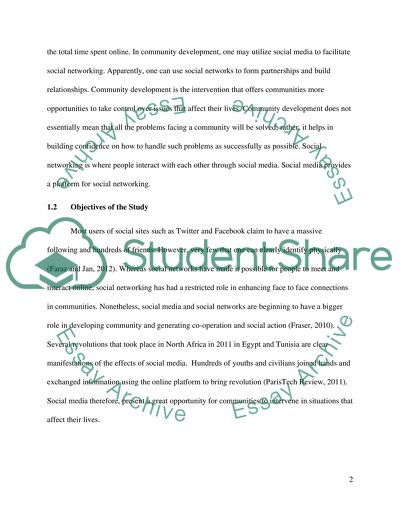Cite this document
(“DESIGNING A RESEARCH PROPOSAL Essay Example | Topics and Well Written Essays - 2750 words”, n.d.)
Retrieved from https://studentshare.org/sociology/1477511-designing-a-research-proposal
Retrieved from https://studentshare.org/sociology/1477511-designing-a-research-proposal
(DESIGNING A RESEARCH PROPOSAL Essay Example | Topics and Well Written Essays - 2750 Words)
https://studentshare.org/sociology/1477511-designing-a-research-proposal.
https://studentshare.org/sociology/1477511-designing-a-research-proposal.
“DESIGNING A RESEARCH PROPOSAL Essay Example | Topics and Well Written Essays - 2750 Words”, n.d. https://studentshare.org/sociology/1477511-designing-a-research-proposal.


